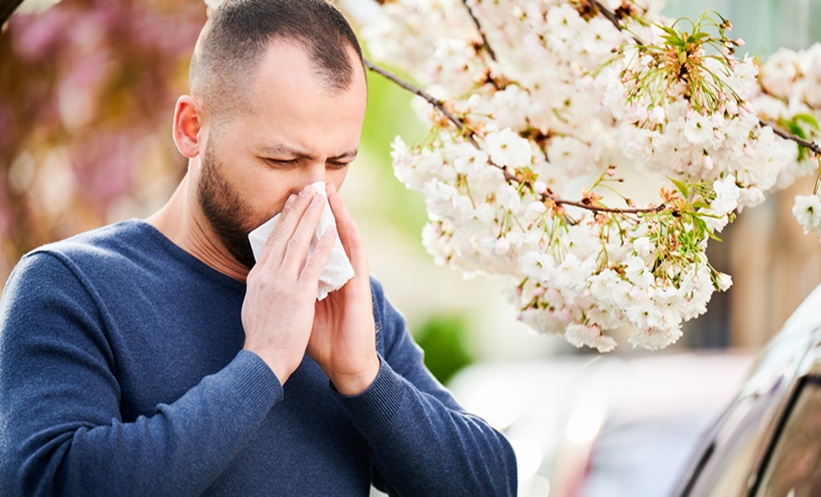On Monday 21st November 2016 in Melbourne, Australia, there was a very unusual weather occurrence of wind and torrential rain combined with a high pollen count, which sent high quantities of pollen allergens across the city. Hospitals were swamped with emergency patients affected by severe asthma attacks (>8,500 patients across Monday night and Tuesday, with 9 fatalities). Firefighters and police officers were called in to help physicians and paramedics respond to thousands of calls from citizens with breathing problems. The event caused many people, including those who had no history of asthma, only of hay fever, to experience frequent and severe breathing difficulties.1
Thunderstorms have been linked to asthma epidemics, especially during the pollen seasons, and there are descriptions of asthma outbreaks associated with thunderstorms2-10 in several cities, typically Australian ones and most commonly in Melbourne (where two other outbreaks occurred in 1992). A large increase in the number of visits for asthma at the emergency departments has been observed in other cities, including Birmingham and London, UK and Naples, Italy, all of which coincided with a heavy thunderstorm during the spring.
Thunderstorm-related asthma is a dramatic example of the allergenic potential of pollen antigens and how pollen allergic patients who encounter an allergenic cloud of pollen are at higher risk of having an asthma attack. Pollen grains can be carried by thunderstorms at ground level, with the release of allergenic biological aerosols of paucimicronic size, derived from the cytoplasm of pollens (ruptured or not), that can penetrate deep into lower airways. In other words, there is evidence that during wet conditions or thunderstorms, pollen grains, in part after rupture by osmotic shock, release their contents into the atmosphere, including respirable, allergen-carrying cytoplasmic starch granules (0.5–2.5 µm)11 or other paucimicronic components that can reach lower airways, inducing asthma reactions in pollinosis patients.








